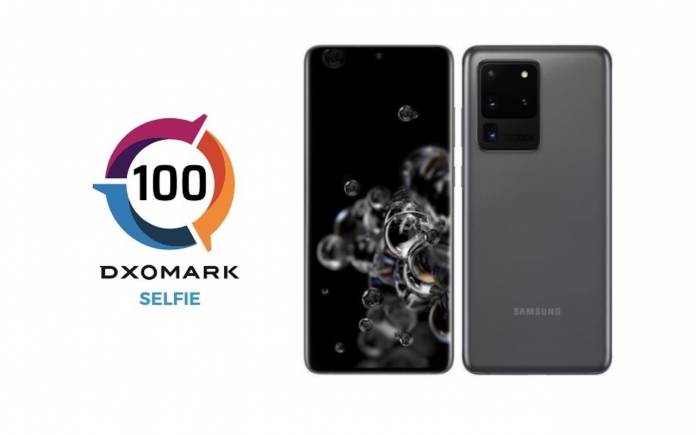
The Samsung Galaxy S20 Ultra is the South Korean tech giant’s ultimate smartphone offering. The particular model has been a hot topic lately due to several issues like that green tint after an update and that rear camera glass suddenly shattering. We got to review the smartphone already and we raved that it is ‘The Ultimate Beast’ because of the premium specs and features. Of course, it’s not perfect but many people are wondering if it’s definitely worth the price.
The Samsung Galaxy S20 Ultra boasts a 6.9-inch AMOLED screen, 5000mAh battery, advanced quad-camera setup, Exynos 990 processor, and a 40MP selfie camera. It’s a 1/2.65-inch Quad-Bayer sensor with 0.7µm pixels and comes with 25mm-equivalent f/2.2-aperture lens. It doesn’t offer OIS but can do automatic wide-angle switching for dual or group selfies. It also boasts a PDAF autofocus and can do 4K/60fps recording.
The selfie camera is considered premium already. The sensor is only one but it can capture selfies full-frame or cropped. It also comes with PDAF autofocus, auto-HDR processing, AI (artificial intelligence) mode, and screen-flash solution for low-light selfies. There is no OIS, just EIS that takes advantage of the full sensor for a 5mm-equivalent field of view.
DxOMark has tested the selfie camera and gave it a score of 100 (104 Photo, 95 Video). With the number, it’s top 2 on the selfie ranking, placed right after the Huawei P40 Pro.
The Samsung Galaxy S20 Ultra offers accurate and reliable autofocus, as well as, accurate exposure on faces and wide dynamic range. Depth estimation in bokeh shots is also accurate. Shots outdoors and indoors show well-controlled noise and high levels of detail. Selfie videos also exhibit accurate exposure down to low light, high detail in all videos, wide depth of field, and vivid and pleasant color outdoors and indoors.
The downside: photos show white balance casts in almost all lighting conditions and while using flash. Some group pictures may show anamorphosis. You may also notice slightly inaccurate color and skin tone rendering. Videos may present some cold white balance cast in outdoor videos, visible exposure steps in walking and panning videos, autofocus instabilities and refocusing in all conditions, visible noise outdoors and indoors, plus visible color quantization, hue shift, aliasing, and texture artifacts.









